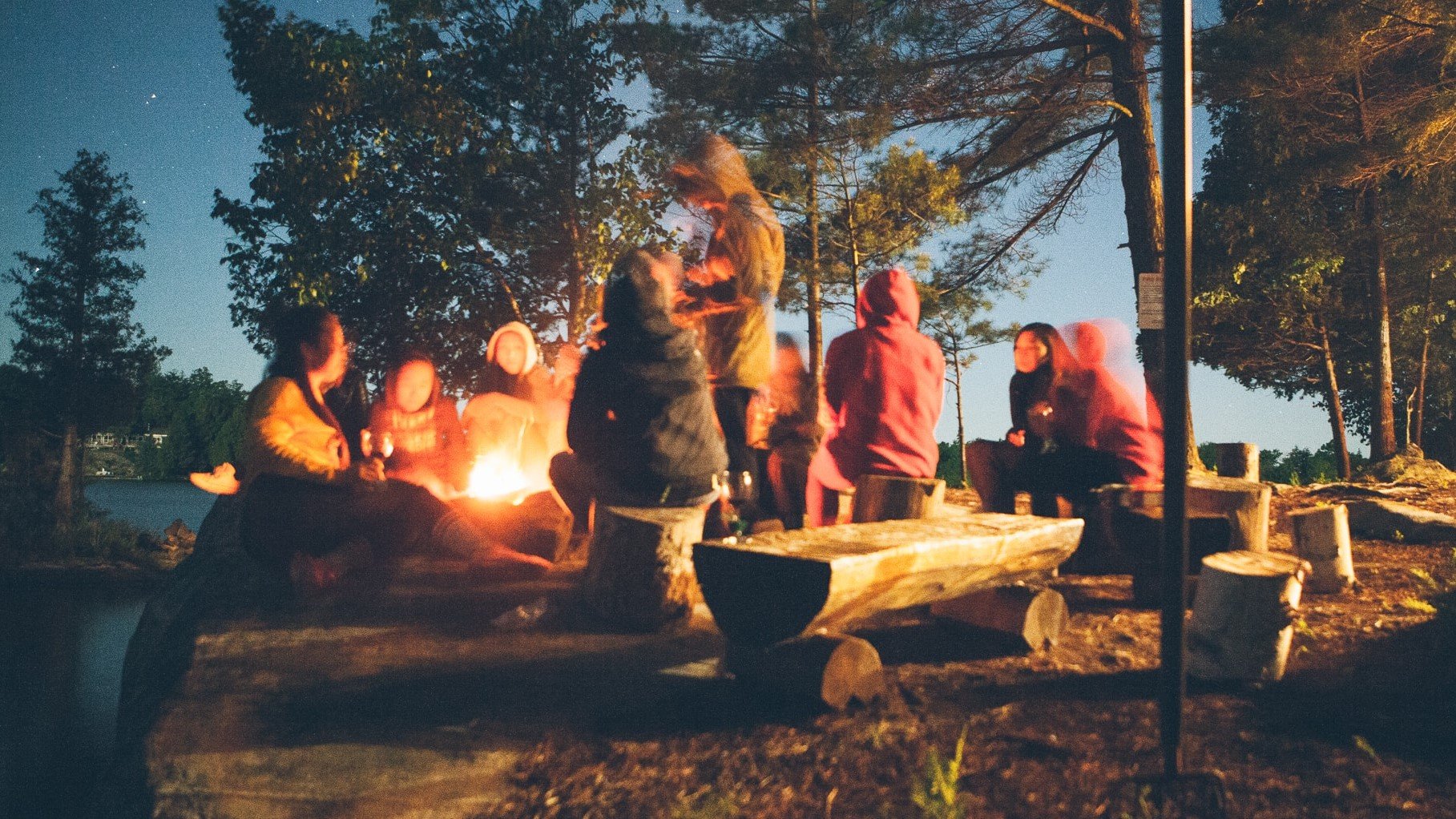Coming out of Phase Three you will have a group of people who are connected, who understand what their shared vision is, and have been let loose to brainstorm ideas. There’s likely a lot of momentum. But it may feel slightly messy or overwhelming. Enter: Phase Four.
This is Part Four of a four-part series on how to facilitate virtual co-design sessions. If you haven’t already, read Phase One on Sharing Diverse Perspectives and Phase Two on Forming a Common Vision and Phase Three on Building New Ideas.
PHASE 4: ALIGNING ON IDEAS

There will always be more good ideas than is possible to implement, so the goal of Phase Four is to work together to understand these two main components:
- The viability of ideas – Will the idea work? Will it solve the problem? What resources would be required?
- The energy behind the ideas – What are people excited about? Who has the time, energy, skills, or power to make it happen?
Phase Four involves teasing out these two components in an iterative way to funnel the momentum into a plan forward.
Developing the Top Ideas
To what fidelity should you develop ideas is an important question, and the answer will depend on the complexity of the situation you are co-designing. You could use a worksheet to expand upon the idea further, or on the other end of the fidelity spectrum, you could develop an entire prototype.
Let’s start with the worksheet.
From the list of ideas brainstormed in Phase Three, have participants self-select which idea they want to work on further (not forever, just for the next block of time). This is a quick and easy way to gauge the energy behind the ideas too.
When facilitating this virtually, you need a way for people to indicate which idea they want to work on and some time to set up these virtual groupings.
- If you’re doing Phase Three and Four in one session: At the end of Phase Three, once the top ideas have been shared, ask each person to type into the chat box which idea they are most interested in for a further brainstorm session. Have a 15-30 minute break and during that time you can pre-assign each person to a set breakout room and label each worksheet with the idea name.
- If Phase Three and Four are separate sessions: You have more time and therefore more options – you can use the chat box, you could send out a post-session survey where participants select an idea to work on, or you could ask them to name their preferred idea when they RSVP. Each of these idea explorations could be its own meeting at different days or times if necessary.
Facilitating the Idea Exploration (Time Required: 20-50 minutes + shareback)
- Set up a shared document for note taking in advance. Here’s a template you can use that outlines the kind of information that is helpful to explore.
- The small groups will spend 15-45 minutes discussing the idea to name the features, benefits, what it might look like, and the steps to make it real.
- After the allotted time, have each group present their refined idea to the rest of the group.
If a higher fidelity prototype is needed—like a model, or a pilot, or a sample—move the work to a sub-process and then bring the group back together when there is a prototype to share and respond to.
Prioritize Ideas using the Effort/Impact Matrix
Before doing any kind of voting or prioritization always come back to your shared vision. Bring it on screen or read it aloud, and ask participants to reflect on the vision and to use it as a guide to evaluate the ideas you have brainstormed, the key question being: To what degree will this idea help achieve this vision?
I use the Effort/Impact Matrix (template below) frequently as it provides a collective process for prioritizing ideas. How it works virtually:
- Set up a Google Doc or a Jamboard (here’s a template) in advance.
- Ask participants to take the top ideas and plot them one-by-one on the matrix. Do this as a group activity so that it builds consensus around the potential impact of each idea.
- This can be done as a whole group discussion or in smaller groups and then you can compare across the matrixes
- End with a debrief – What are you most excited about?
Another prioritization option looks at the balance between passion and resources available:
- List all top ideas in a shared doc that all participants can access.
- Ask them to add their name in red to the idea they are most passionate about.
- Ask them to add their name in blue to the idea that their existing work is most closely focused around.
- Review the ideas and see which ones have a good balance of red and blue names. These are the ideas that show the most promise as there is both the energy and skills to implement.
From here the process moves to work planning! Check out Trello if you’re in need of a great virtual work planning tool.
I hope this series has helped you to think through what your next virtual co-design process might look like and increased your confidence in facilitating your own.
This is Part Four of a Four Part Series:
- If you haven’t already, read Phase 1 on Sharing Diverse Perspectives, Phase Two on Forming a Common Vision and Phase 3 on Building New Ideas





